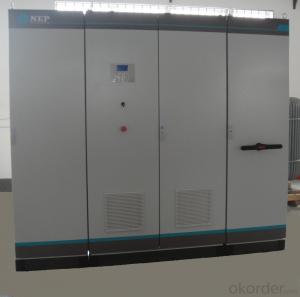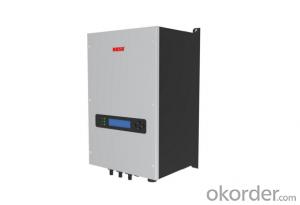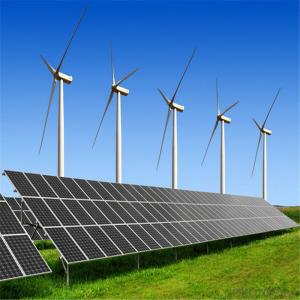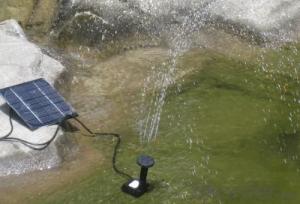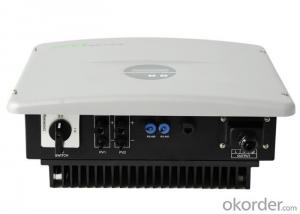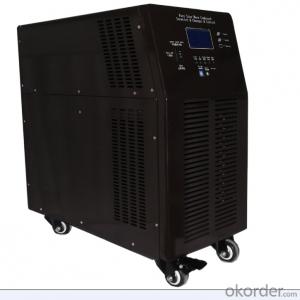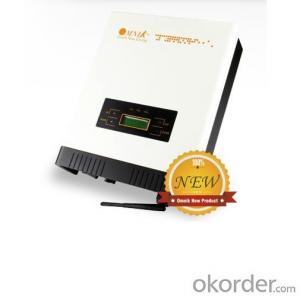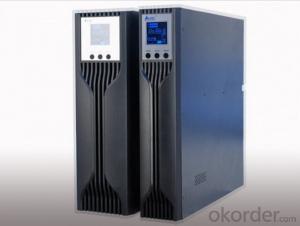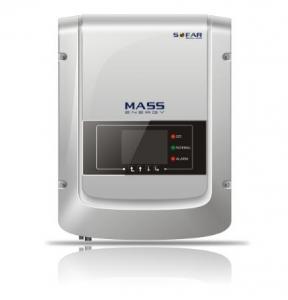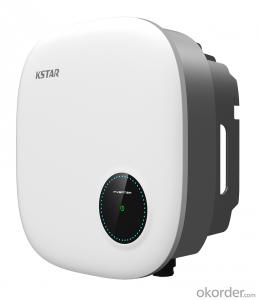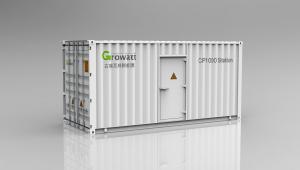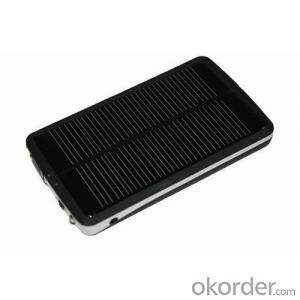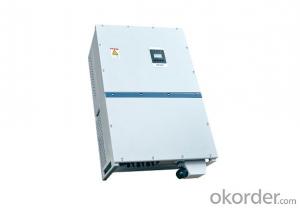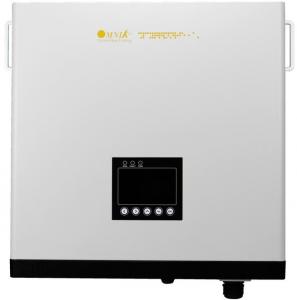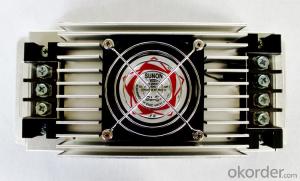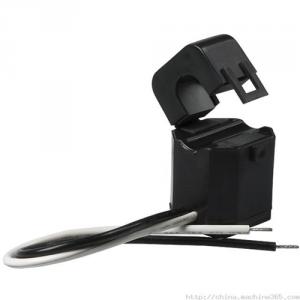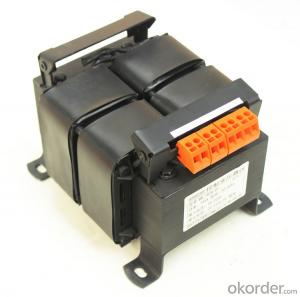Tier 1 Solar Inverter List
Tier 1 Solar Inverter List Related Searches
Solar Inverter Price List Solar Inverter Company List Tata Solar Inverter Price List Top Solar Inverter 1 Phase Solar Inverter Abb Solar Inverter Price List Ul Listed Solar Inverter Solar Inverter 1kw Inverter Price List Solar First Inverter Utl Solar Inverter Price List 1kw Solar Inverter Solar Inverter 1 Kilowatt Solar Inverter 1 Kw Solar Inverter 1kva 1kv Solar Inverter Top 10 Solar Hybrid Inverter 1kva Solar Inverter Solar Single Phase Inverter 1kw Solar Hybrid Inverter Best Inverter Solar Latest Solar Inverter Top 10 Hybrid Solar Inverter Single Phase Solar Inverter Solar System Inverter 1kw Hybrid Solar Inverter Solar Best Inverter 1 Kva Solar Inverter First Solar Inverter Solar Solar InverterTier 1 Solar Inverter List Supplier & Manufacturer from China
The Tier 1 Solar Inverter List encompasses a range of high-quality solar inverters that are recognized for their reliability, efficiency, and performance. These inverters play a crucial role in converting the direct current (DC) generated by solar panels into alternating current (AC), which can be used by homes and businesses. They are essential components in any solar energy system, ensuring that the energy produced is effectively utilized and distributed.The Tier 1 Solar Inverter List includes products that are suitable for various applications and usage scenarios. From residential rooftop installations to large-scale commercial and utility projects, these inverters are designed to meet the diverse needs of different solar energy systems. They are also compatible with a wide range of solar panel technologies, making them a versatile choice for solar energy enthusiasts and professionals alike. These inverters are known for their durability and long service life, ensuring a reliable energy supply for years to come.
Okorder.com is a leading wholesale supplier of products featured in the Tier 1 Solar Inverter List. With a large inventory of these high-quality inverters, Okorder.com is committed to providing customers with the best possible options for their solar energy needs. By offering a wide selection of Tier 1 solar inverters, Okorder.com ensures that customers can find the perfect inverter for their specific requirements, whether they are looking for a compact residential model or a powerful commercial-grade unit.
Hot Products


